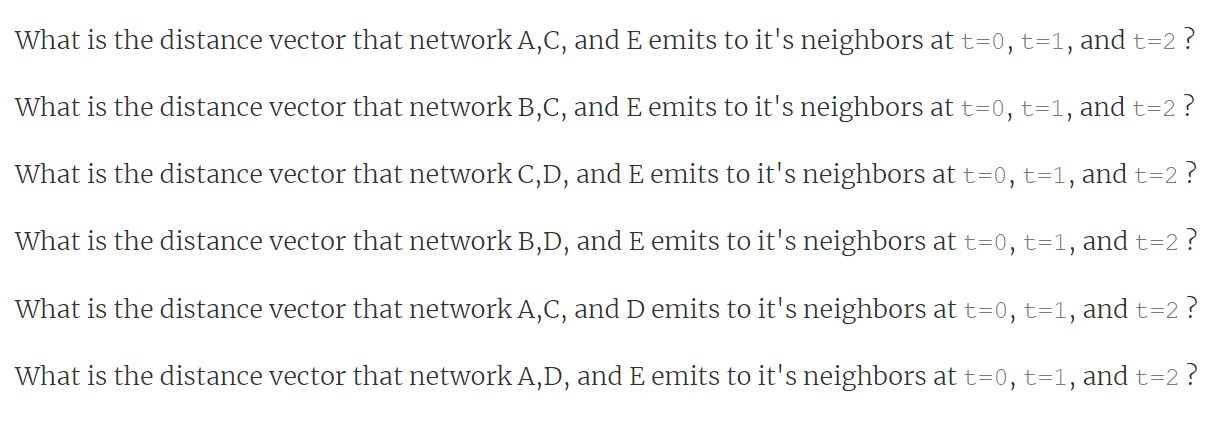This course is an introduction to the technologies behind the Internet and World Wide Web directed toward computer science majors. We will be taking a deep dive into the TCP / IP Model. Learning the protocols on each layer and how they interact with each other. We will look at various protocols at each layer, understand their purpose, data structures and underlying algorithms.
TLS and HTTPS will be coverd, we will explore the security protocol's used on the web and how data encryption works over hostile channels. We will learn the technology behind Virtual Private Network and how anyone can use this technology to stretch their local networks across the globe.
On the programming-end we will be using JavaScript. We will explore functional, asynchronous, and event-driven programming. We will learn about class-free object oriented programming, as well as write code for both TCP and HTTP servers using the Node.js runtime environment.
We will be creating web applications and exploring the Representational State Transfer software architectural style to both consume and create RESTful APIs. We will discuss caching techniques and see how they can be applied not just for it's performance benefits, but improved reliability as well.
My Teaching Philosophy is influenced heavily by Cal Newport (Deep Work, Digital Minimalism). I like system solutions; tools and resources that I can build once and reuse indefinitely. The core of my work revolves around creating content and giving lectures for each of my classes. Things that distract me from this I try to either automate away, delegate to a specialist, or minimize from my life with rules.
In graded assignments I make use of rubrics to telegraph my expectations to students. I try my best to create questions that can be self-assessed, so students can actively track their performance.
As a rule I do not extended due dates as it creates unwanted work for me. I treat grading assignments the same way sanitation worker's treat picking up trash; something clearly unpleasant, but part of the job. Accepting work past the cutoff however, is not part of my job description.
Under the course material, I've set up an E-mail FAQ which I advise all students check before contacting me as I hope to resolve your questions as fast as possible. Each additional round of emails is not just more work for me, but downtime for students as they wait for my response, so it's in the best interest of students to be as detailed as possible. I try not to look at my email too often, as my time is better spent creating content, so factor in up to 24 hours for each response.
I wish you the best and hope you find this course enjoyable.
